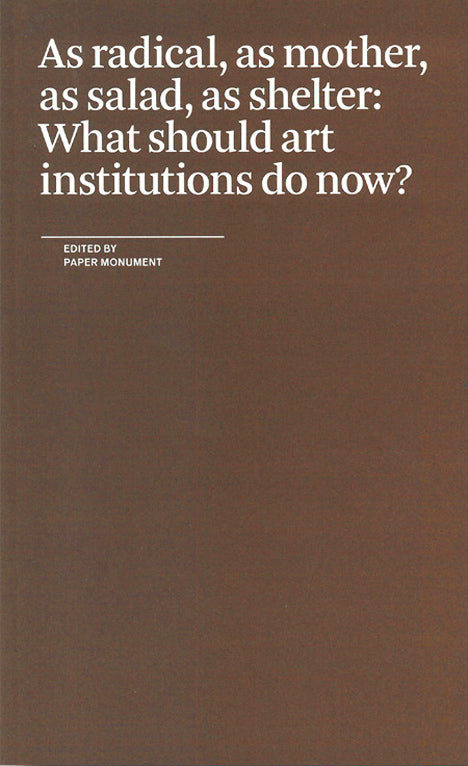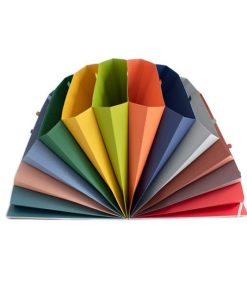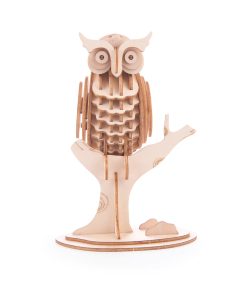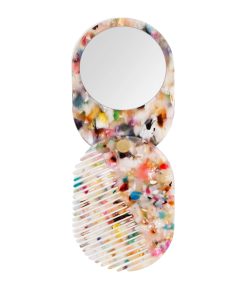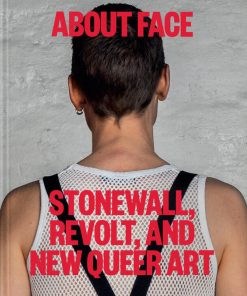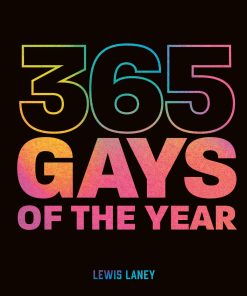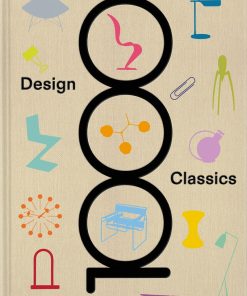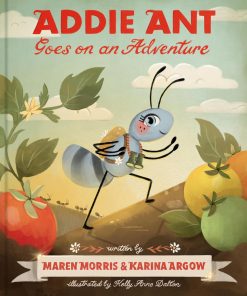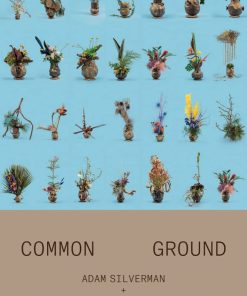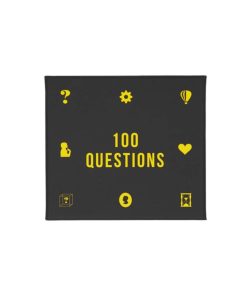As Radical, As Mother, As Salad, As Shelter: What Should Art Institutions Do Now? N+1 Foundation
$ 15,00 $ 9,00
with contributions by Regine Basha, Chloë Bass, Dena Beard, Zachary Cahill, Ken Chen, Lori Cole, Anne Ellegood, Anthony Elms, Deborah Fisher, Zanna Gilbert, Namita Gupta Wiggers, Larissa Harris, Pablo Helguera, Megan Heuer, Kemi Ilesanmi, Mary Jane Jacob, Alhena Katsof, Kristan Kennedy, Alex Klein, Jordan Martins, Amanda Parmer, Risa Puleo, Laura Raicovich, Sara Reisman, Chris Reitz, Nicolás Rodríguez Melo, Stephen Squibb, Elizabeth Thomas, Gilbert Vicario, and Anuradha Vikram
In light of recent political shifts across the globe, have you sensed a change in the position of the art institution vis-à-vis political activism? Can an art institution go from being an object of critique to a site for organizing? How? Should the art institution play this kind of role? What other roles can or should it play? What other institutions, curators, or publics do you look to in formulating your own institution’s position? Recent controversies over curatorial choices have foregrounded the different ways in which institutions envision their audience(s). In your experience, is this process changing? How should it proceed? How can an institution address the dichotomy between art as cultural entertainment and art as political inquiry? What is the role of the curator in mediating this? How does this compare to the artist’s role? How can art institutions be better?
October 16, 2018
112 pages
ISBN 9780979757594
Paperback
Paper Monument
Prompt shipping and expert packing
We are able offer many shipping options due to our long-term relationship with UPS FedEx DHL. Our warehouse personnel is highly-skilled and will pack your products in accordance with our exact and precise specifications. Before shipment, all items are carefully examined and safely secured. Everyday we deliver hundreds of packages to our customers from all over the world. This shows how we're dedicated to be the largest retailer on the internet. The warehouses are located located in Europe in the same way as they are in the USA.
Orders that contain more than one item are assigned processing periods according to each item.
Before shipment, all ordered items will be thoroughly examined. The majority of orders will be sent within 48 hours. Delivery time ranges between 3-7 days.
Returns
The inventory is always changing, and is not completely managed by us because of the involvement of several entities, including the factory as well as our warehouse. Therefore, the actual inventory could fluctuate at any moment. Please be aware that it is possible for your order to become unavailable even after you have made the order.
Our policy lasts for 30 days. If 30 days have gone by since your purchase however, we're unable to give you a return or exchange.
The item you purchase must be in its original packaging and in good condition. It must also not be used. You must have the item in its original packaging.
Related products
Staging
Staging
Staging
Staging
Staging
Staging
Staging
Staging
